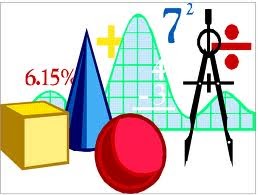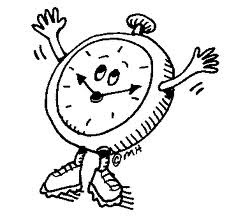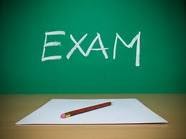Math is a unique subject. It involves symbols, formulas, specific procedures, textbooks that look different, and many unique words and terms. Consequently, it is important to use study skills that apply particularly well to math. Here are some you should use.
- You can't learn math just by reading and listening. Much of math learning involves actively doing. This means that you must do all of your math homework and assignments. This is essential to learning how to use formulas and procedures.
- Math is a sequential subject. What is taught on a given day is based upon what was taught before. Once you fall behind, it is very difficult to catch up. Cramming at the last minute will not help you. Be certain to attend every class and keep up with your teacher.
- Math is a difficult subject that becomes increasingly complex. You may have to spend more study time on this subject than on your other subjects.
- Don't try to memorize your way through math. There are simply too many formulas and procedures. Try to master the key concepts. This will reduce the amount of information you will need to remember.
- Once you learn a procedure for solving a problem, that same procedure can often be used to solve other problems. When presented with a new problem, try to apply your past learning to the new problem.
- Learn the vocabulary of math. Often, a word used in math has a different meaning than that same word when used outside of math. For example, volume in math refers to the amount of space within a solid figure. Outside of math, volume can refer to a book or to loudness. Write new math words and terms and their math meanings in a special place in your notebook.






















